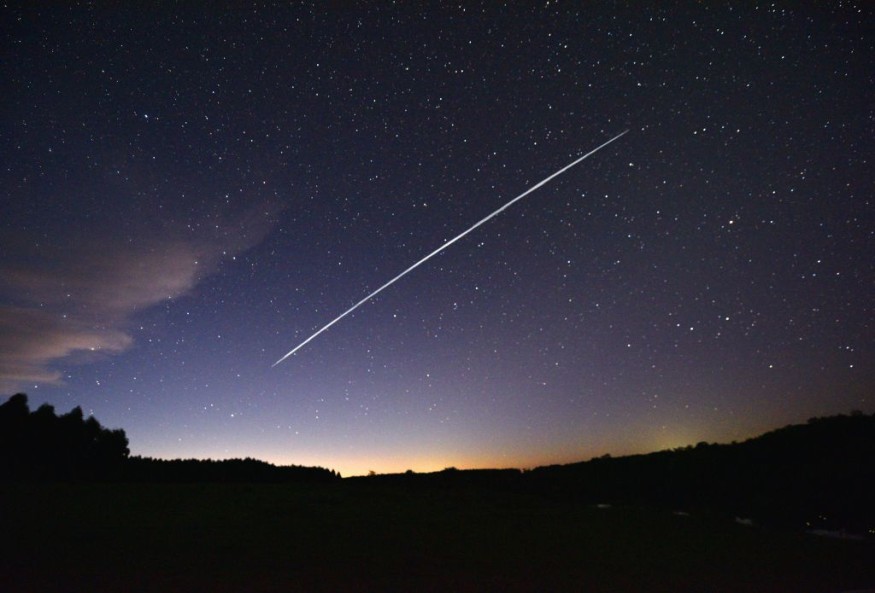As a stunning film from Puerto Rico shows, a SpaceX Starlink satellite destroyed by a geomagnetic storm went out in a blaze of glory.
A camera in Aasco, Puerto Rico, recorded the clip about 2:40 a.m. AST (1:40 a.m. EST) on Feb. 7. The camera is part of a network run by the Sociedad de Astronomia del Caribe (SAC), a non-profit organization of astronomy enthusiasts, including professionals, students, and community people.
In a blog post, Marco Langbroek, a satellite scientist from Leiden University, stated that two SpaceX satellites were reentering and fragmenting in Earth's atmosphere around one minute apart.
The death of several SpaceX Starlink satellites flown from Kennedy Space Center earlier this month is due to a geomagnetic storm.
According to SpaceX, bad weather caused the "atmosphere to warm and air density at our low deployment altitudes to rise," making it impossible for the satellites to reach their operational orbits.

SpaceX Starlink Satellites' Death Seen in a Heartbreaking Footage
The second of the two break-ups was especially tumultuous. Eddie Irizarry, SAC's scientific communicator, said in a blog post it was one of the most vivid and stunning views of disintegration reported from Puerto Rico.
Juan Velez, a fan of SAC, added that he witnessed it from the beginning and that it was unlike meteors and that he would never forget it.
Langbroek is "certain" that the images captured over Puerto Rico may be connected to the Starlink satellites expected to arrive soon.
His computations came up with orbital inclinations ranging from 54 to 56 degrees.
While the Starlink satellites are in 53.2-degree inclined orbits, Langbroek believes the reentering object is near enough to the Starlink orbital plane (given the error margin).
ALSO READ : SpaceX Starlink May Interfere Square Kilometer Array (SKA), Other Large Radio Telescopes
In the following days, anticipate more scenarios like these. Langbroek advises everyone to look up at the sky.
SpaceX Says Starlink Satellites Are Immediately Deorbited by Atmospheric drag
SpaceX launched 49 satellites into low Earth orbit to bolster the company's massive and expanding Starlink broadband mega constellation on Feb. 3, Science Times previously reported.
However, due to a massive solar eruption, the recently launched spacecraft would never transmit any broadband signals.
The geomagnetic storm captured SpaceX's Starlink satellites before gradually climbing their height to reach their ultimate orbit.
"SpaceX deploys its satellites into these lower orbits so that in the very rare case any satellite does not pass initial system checkouts, it will quickly be deorbited by atmospheric drag," reads a SpaceX update.
According to the company, the hundreds of pounds of satellites "pose zero collision danger with other satellites."
No orbital debris is formed, and no satellite components strike the earth" since they burn up entirely in space.
Futurism said SpaceX has launched over 1,800 Starlink satellites with great success. The company's failed launch earlier this month was its third this year.
It has the legal authority to launch tens of thousands more, possibly clogging up the night sky and making astronomical observations much more difficult.
Given how quickly the business is launching satellites, the storm isn't a major setback for SpaceX. In fact, the company's next Starlink launch is set for later this month.
RELATED ARTICLE : SpaceX Starlink Satellites Now Affect More Twilight Photos, Study Finds
Check out more news and information on Starlink in Science Times.












